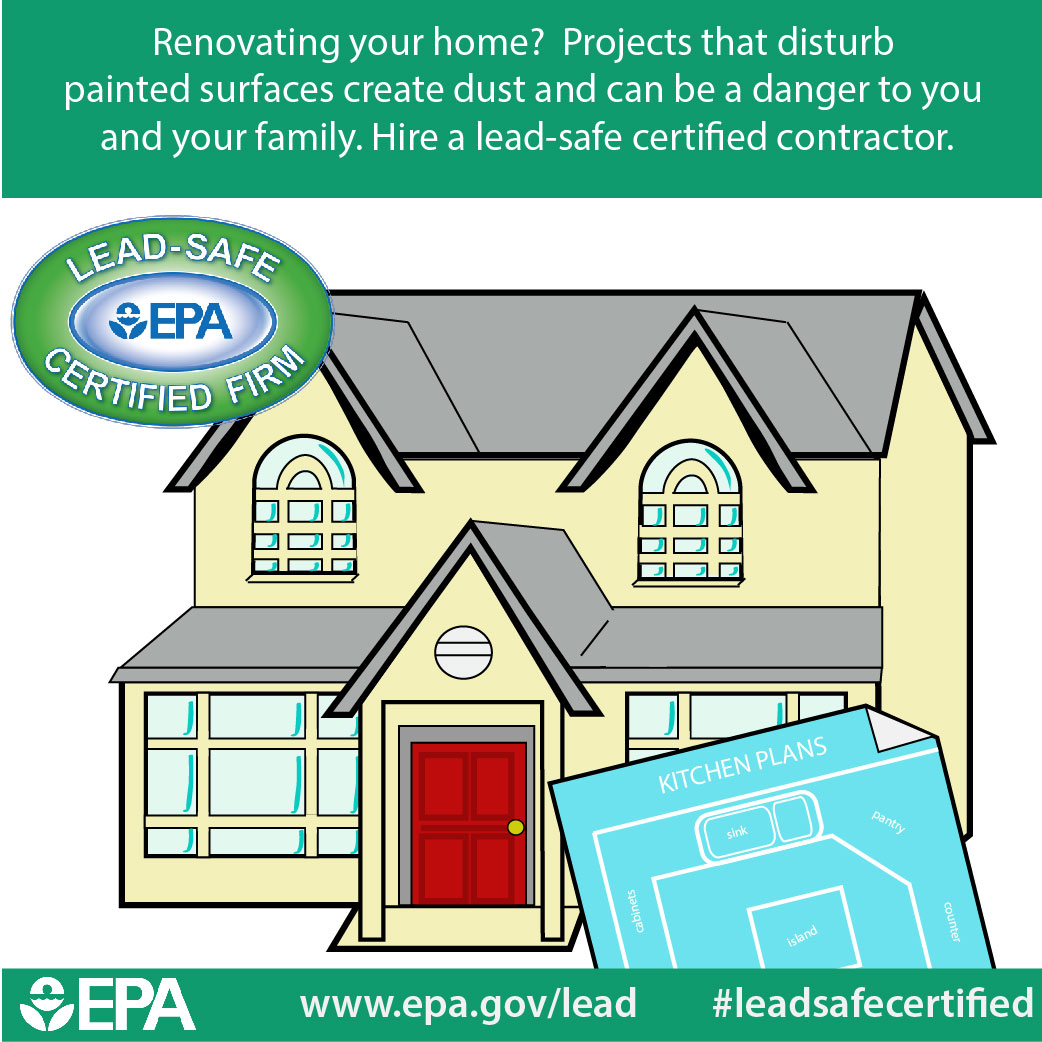Understand Just How Seasonal Conditions Influence The Success Of Industrial Outside Painting And Discover The Excellent Durations To Assure Lasting Outcomes For Your Job
Understand Just How Seasonal Conditions Influence The Success Of Industrial Outside Painting And Discover The Excellent Durations To Assure Lasting Outcomes For Your Job
Blog Article
Web Content Writer-Ford Chaney
When you're intending an industrial external painting task, seasonal elements can make or break your results. You'll wish to think about just how temperature and moisture effect paint application and drying times. Selecting the appropriate season can guarantee your paint adheres correctly and lasts longer. Yet which seasons are absolutely the most effective for this type of job? Let's check out the key elements that can influence your job's success.
The Influence of Temperature Level on Paint Application
When you're planning a commercial outside painting job, the temperature can dramatically impact how well the paint sticks and dries out.
Ideally, you intend to paint when temperatures vary in between 50 ° F and 85 ° F. If it's as well chilly, the paint may not cure appropriately, leading to concerns like peeling or breaking.
On the other hand, if it's also hot, the paint can dry out also swiftly, protecting against appropriate adhesion and causing an irregular coating.
You need to also consider the moment of day; early morning or late afternoon uses cooler temperatures, which can be more favorable.
Constantly check the maker's referrals for the certain paint you're utilizing, as they usually give support on the suitable temperature level array for optimal results.
Humidity and Its Effect on Drying Times
Temperature level isn't the only environmental factor that affects your commercial exterior painting task; humidity plays a considerable role also. High moisture levels can decrease drying times dramatically, influencing the overall quality of your paint task.
When the air is saturated with moisture, the paint takes longer to cure, which can lead to concerns like bad bond and a greater threat of mold development. If Suggested Site on a specifically humid day, be gotten ready for extended delay times between layers.
It's vital to check neighborhood weather and strategy accordingly. Preferably, go for humidity degrees in between 40% and 70% for optimum drying out.
Keeping these consider mind guarantees your project stays on track and provides a lasting finish.
Best Seasons for Commercial Outside Paint Projects
What's the most effective season for your commercial outside painting projects?
Spring and very early loss are commonly your best choices. Throughout these seasons, temperatures are light, and moisture degrees are commonly reduced, creating ideal problems for paint application and drying out.
Prevent summer's intense heat, which can trigger paint to dry too promptly, resulting in inadequate attachment and surface. Similarly, winter season's chilly temperature levels can hinder correct drying and healing, taking the chance of the longevity of your paint work.
Aim for days with temperatures in between 50 ° F and 85 ° F for optimum outcomes. Keep in Learn Even more to check the neighborhood weather report for rain, as wet conditions can destroy your job.
mouse click the next internet page around these variables ensures your paint project runs efficiently and lasts much longer.
Conclusion
To conclude, preparing your industrial exterior painting jobs around seasonal considerations can make a substantial distinction in the end result. By scheduling work throughout the ideal temperature levels and humidity levels, you'll make sure better adhesion and drying times. Keep in mind to keep an eye on local weather report and choose the right time of year-- spring and very early fall are your best choices. Taking these steps will certainly aid you attain a long lasting and professional coating that lasts.
